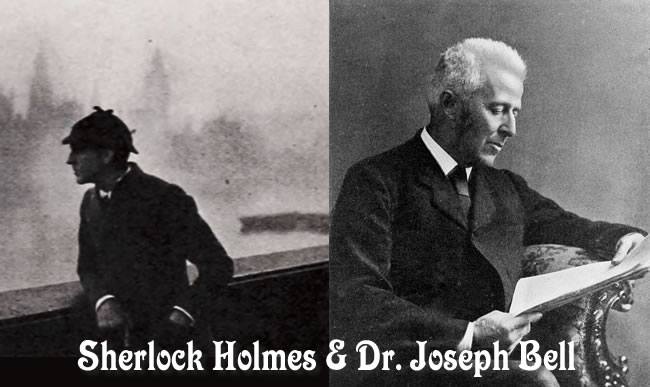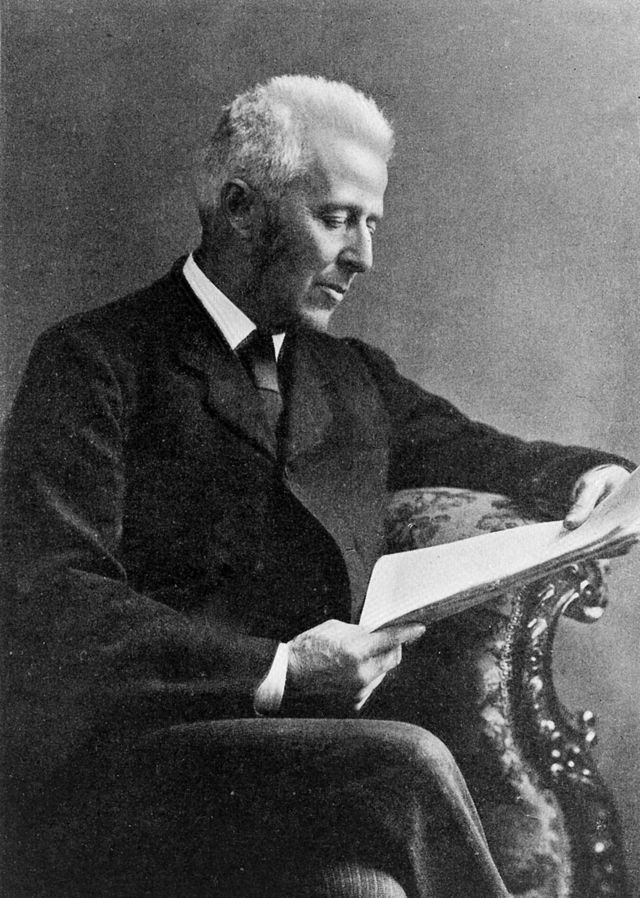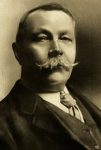Sherlock Holmes and Dr. Joseph Bell

Last Updated February 9, 2023 – Originally published May 24,2015
Was Sherlock Holmes a real person? No, but Dr. Joseph Bell, the man who inspired the character of Sherlock Holmes, shared many qualities with the famous detective.
Conan Doyle met Dr. Bell in 1877 at the University of Edinburgh Medical School. Conan Doyle was studying to be a doctor, and Bell was one of his professors.

Dr. Joseph Bell – Inspiration for Sherlock Holmes
Bell was thirty-nine years old when Conan Doyle first attended one of his lectures. He is said to have walked with a jerky a step that communicated great energy. His nose and chin were angular and his eyes twinkled with shrewdness. Besides being a brilliant doctor, Bell was also an amateur poet, a sportsman and a bird-watcher.
By the end of Conan Doyle’s second year, Bell had selected him to serve as an assistant in his ward. This gave Conan Doyle the opportunity to view Dr. Bell’s remarkable ability to quickly deduce a great deal about a patient.
Dr. Bell observed the way a person moved. The walk of a sailor varied vastly from that of a solider. If he identified a person as a sailor, he would look for any tattoos that might assist him in knowing where their travels had taken them.
He trained himself to listen for slight differences in his patients’ accents to help him identify where they were from. Bell studied the hands of his patients because calluses or other marks could help him determine their occupation.
So while Conan Doyle went on to write about the brilliant Sherlock Holmes, he played Dr. Watson, at least for a while, to his professor.
“In teaching the treatment of disease and accident,” Dr. Bell stated, “all careful teachers have first to show the student how to recognize accurately the case. The recognition depends in great measure on the accurate and rapid appreciation of small points in which the diseased differs from the healthy state. In fact, the student must be taught to observe. To interest him in this kind of work we teachers find it useful to show the student how much a trained use of the observation can discover in ordinary matters such as the previous history, nationality and occupation of a patient.”

